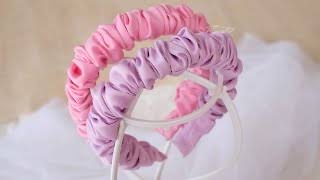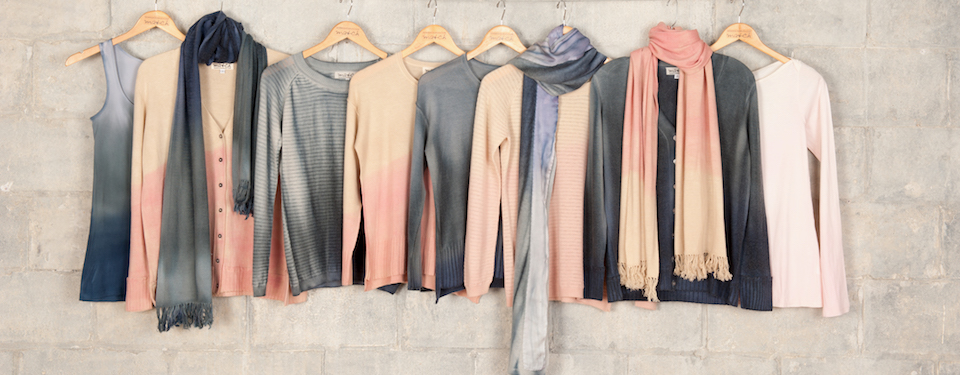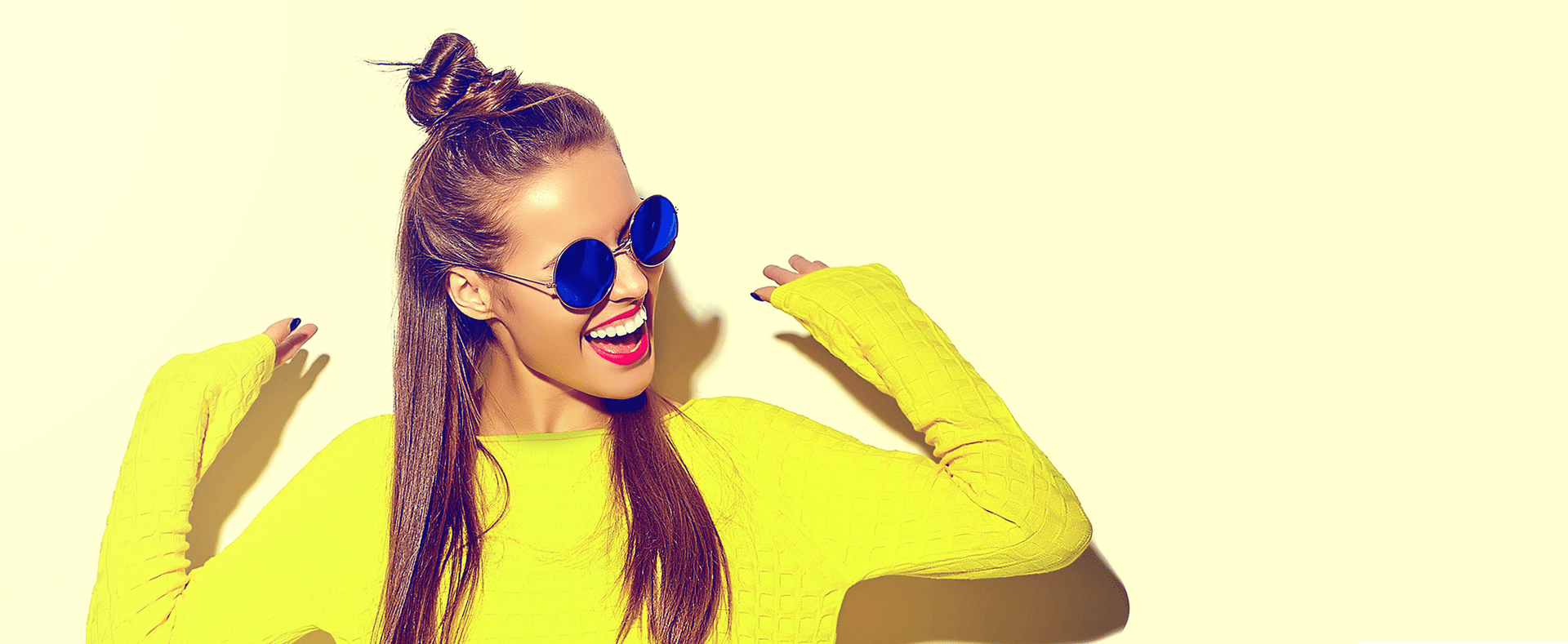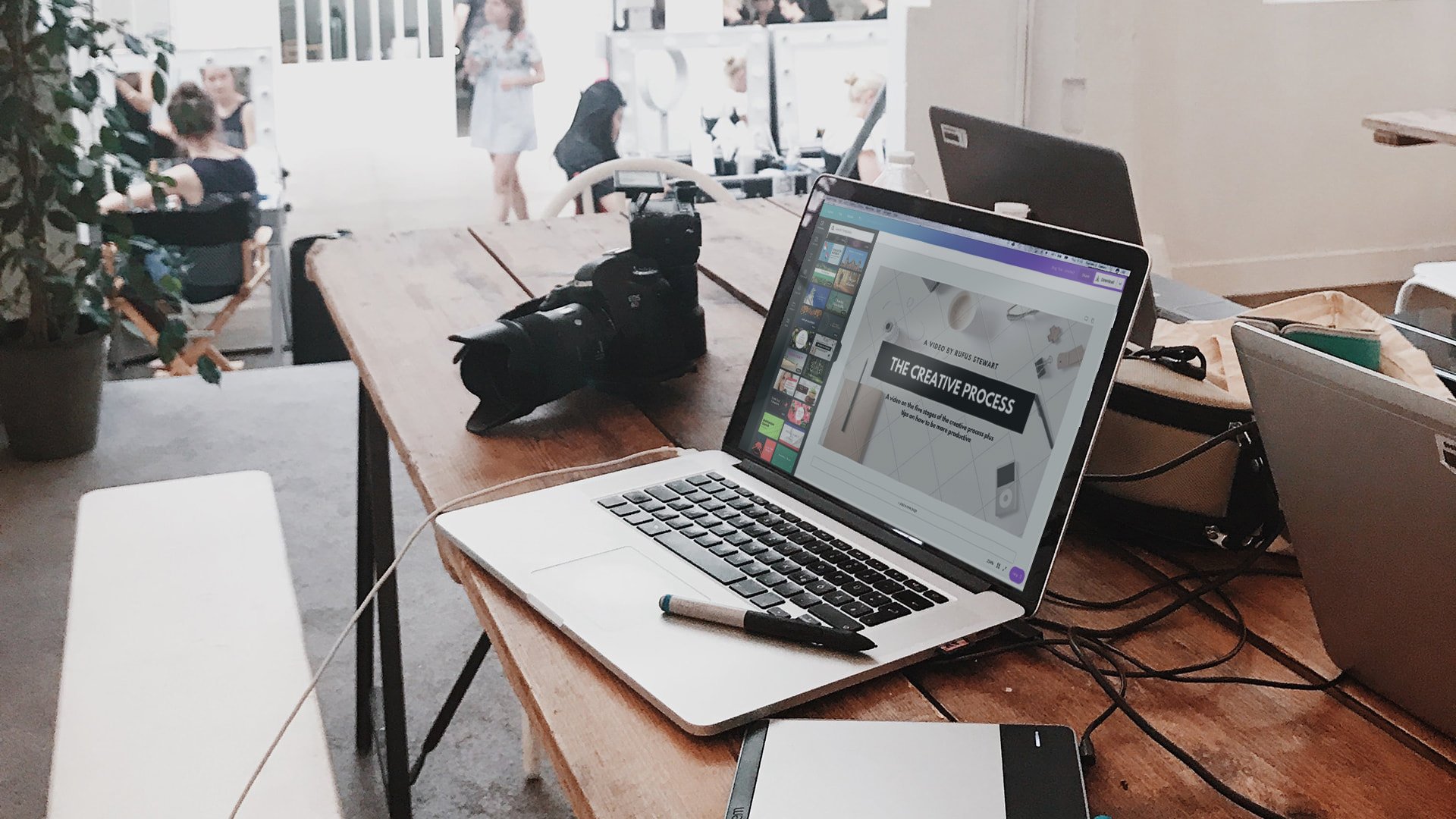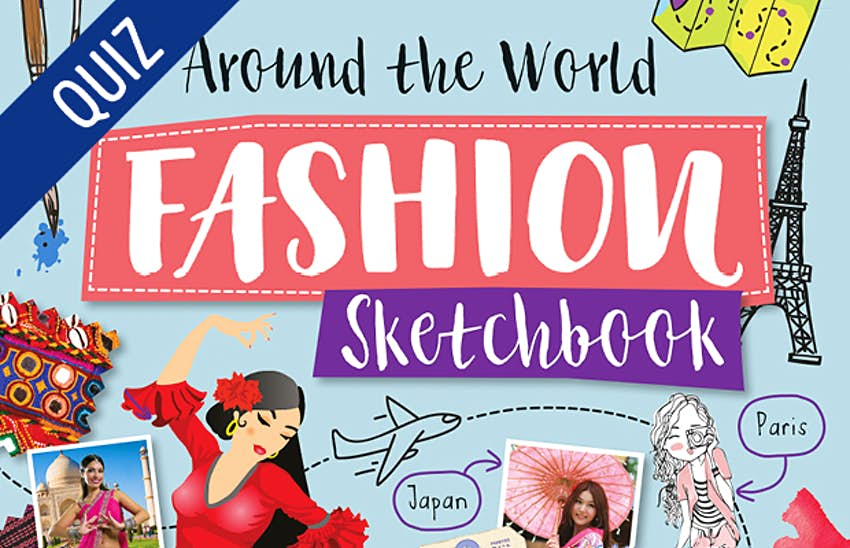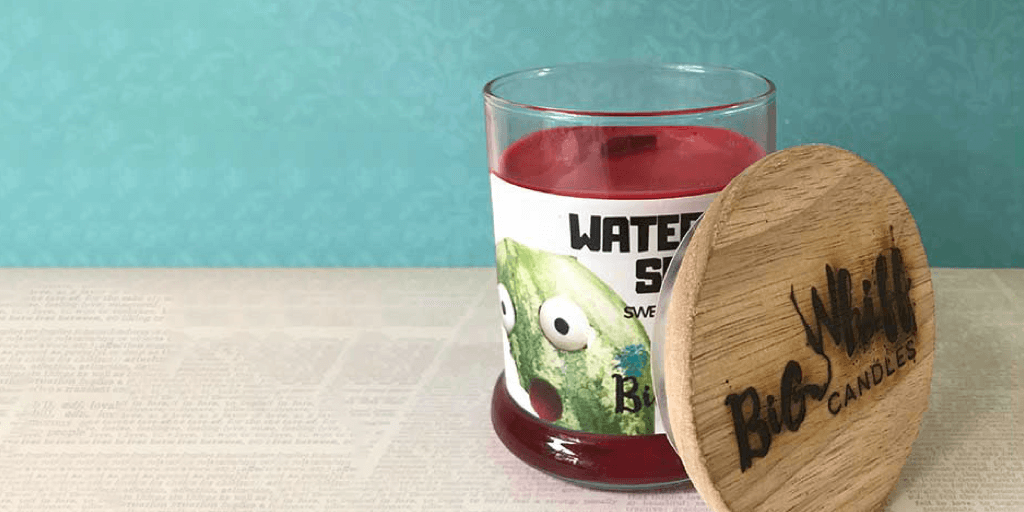
Ever wonder how a particular t-shirt printing method is performed or the reasons behind choosing a certain print method for specific designs? Here is a breakdown of apparel decoration techniques we offer and the occasions of use.
Screen Print with Under Base
Screen printing is the go-to print method for many reasons. It’s affordable and in most cases, will last the life of the apparel product. It’s most advantageous when printing a simple, single-spot color design on a large number of t-shirts. Screen printing works on all types of apparel materials including cotton and poly blends. The color is more vibrant than other print methods but it can feel heavy on the material. Adding a white under the base to the design increases the layers of ink but helps to maintain the brightness of the colors.

Simulated Process
This is a high end printing process for complex designs that are not able to be reproduced using traditional spot color applications of ink. Usually halftones or any type of tonal design like photography-like images can be produced using simulated process printing.
Four Color Process
This is the oldest form of decorating apparel using a similar method as an ink jet printer by blending the four process colors of Cyan, Magenta, Yellow, and Black to create the full spectrum of colors. Four color process printing works best on white or light colored garments.
Halftone Photo Print
" The use of halftones is an excellent way to simulate shadow and gradients without increasing cost by using a single color instead of multiple colors. Halftones are made up of tiny dots. The bigger the dots, the more saturated the color appears. Smaller dots are used for “lighter” areas of the design. These dots blur together when viewed from a short distance to create the illusion of tones, depth, and shadow to emulate photography quality imagery."
Discharge Water Base Print
Discharge water base printing is desirable because of the soft feel of the print. Instead of lying on top of the fabric like plastisol inks, the discharge process actually removes the dye color of the shirt and reveals either the natural color of the cloth used to make the garment or replaces the color of the garment when mixed with another color.
Digital Printing
This method of printing revolutionized the apparel printing industry by making it economical to print a single t-shirt or other garment for a customer. Instead of applying ink through the use of screens on a press, the image is transferred much like a home printer with the ink being injected directly into the fabric then cured with a heat press. It’s also a very economical choice when looking for full color photography reproduction on garments.
Full Color Digital Transfers
These are ideal for full color image reproduction that can be applied to almost any type of material including performance wear, spandex, and even nylon. It is sometimes used to replace the embroidery method if the image contains a lot of fine detail. The images are adhered with the application of heat and pressure onto the garment.
